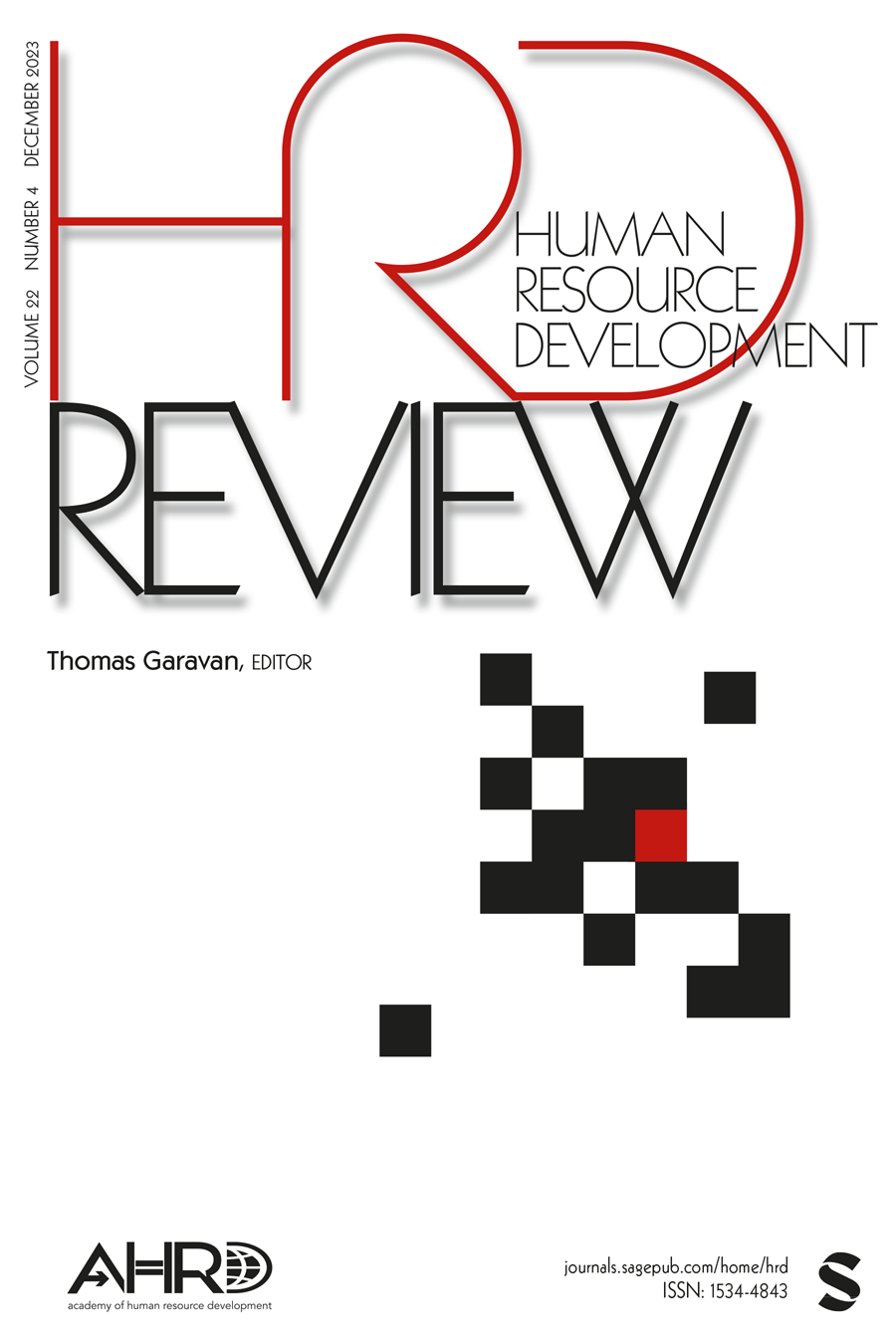Understanding the Epistemic Diversity and Essential Components of the Grounded Theory Method: Empowering Human Resource Development Researchers
IF 4.6
3区 管理学
Q1 MANAGEMENT
引用次数: 0
Abstract
This article addresses the challenges faced by HRD researchers in selecting a qualitative approach, particularly Grounded Theory Method (GTM), which is underrepresented in the field. The author discusses the epistemological foundations of the four major GTM versions and outlines the six essential elements. The article emphasizes GTM’s flexible yet structured nature and explains differences among Glaserian, Straussian, Charmazian, and Clarkean methods. It also summarizes common GTM features like concurrent data collection, constant comparison, theoretical sampling, phased coding, memoing, and theoretical saturation. The article concludes by providing suggestions to promote GTM’s adoption and popularization. In essence, this article offers guidelines to assist HRD researchers, especially newcomers or those with limited qualitative research experience, in understanding and effectively using GTM.了解基础理论方法的认识论多样性和基本组成部分:增强人力资源开发研究人员的能力
本文探讨了人力资源开发研究人员在选择定性研究方法时所面临的挑战,尤其是在该领域代表性不足的 "基础理论方法"(GTM)。作者讨论了四个主要 GTM 版本的认识论基础,并概述了六个基本要素。文章强调了 GTM 灵活而有条理的性质,并解释了格拉斯方法、斯特劳斯方法、查马兹方法和克拉克方法之间的差异。文章还总结了 GTM 的共同特点,如同步数据收集、恒定比较、理论抽样、分阶段编码、备忘录和理论饱和。文章最后提出了促进 GTM 的采用和普及的建议。总之,本文为人力资源开发研究人员,尤其是新手或定性研究经验有限的人员,提供了帮助他们理解和有效使用 GTM 的指南。
本文章由计算机程序翻译,如有差异,请以英文原文为准。
求助全文
约1分钟内获得全文
求助全文
来源期刊

Human Resource Development Review
MANAGEMENT-
CiteScore
9.60
自引率
17.20%
发文量
35
期刊介绍:
As described elsewhere, Human Resource Development Review is a theory development journal for scholars of human resource development and related disciplines. Human Resource Development Review publishes articles that make theoretical contributions on theory development, foundations of HRD, theory building methods, and integrative reviews of the relevant literature. Papers whose central focus is empirical findings, including empirical method and design are not considered for publication in Human Resource Development Review. This journal encourages submissions that provide new theoretical insights to advance our understanding of human resource development and related disciplines. Such papers may include syntheses of existing bodies of theory, new substantive theories, exploratory conceptual models, taxonomies and typology developed as foundations for theory, treatises in formal theory construction, papers on the history of theory, critique of theory that includes alternative research propositions, metatheory, and integrative literature reviews with strong theoretical implications. Papers addressing foundations of HRD might address philosophies of HRD, historical foundations, definitions of the field, conceptual organization of the field, and ethical foundations. Human Resource Development Review takes a multi-paradigm view of theory building so submissions from different paradigms are encouraged.
 求助内容:
求助内容: 应助结果提醒方式:
应助结果提醒方式:


